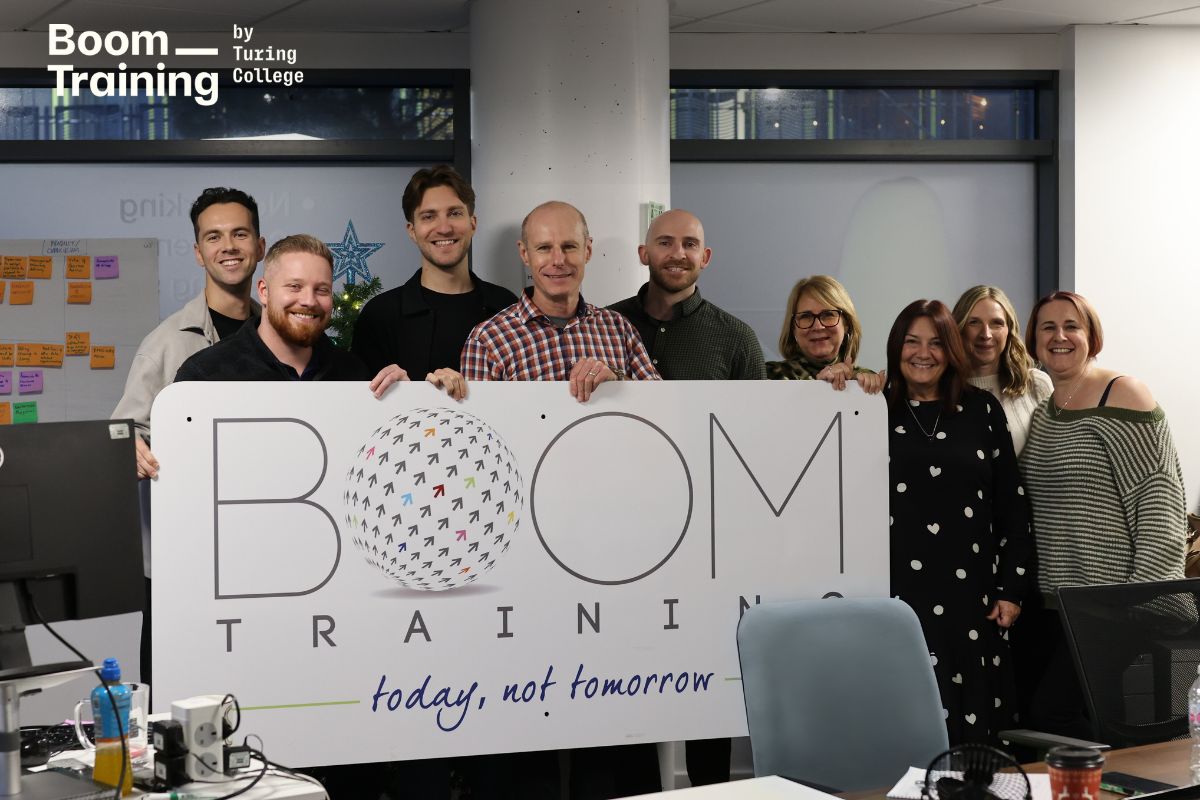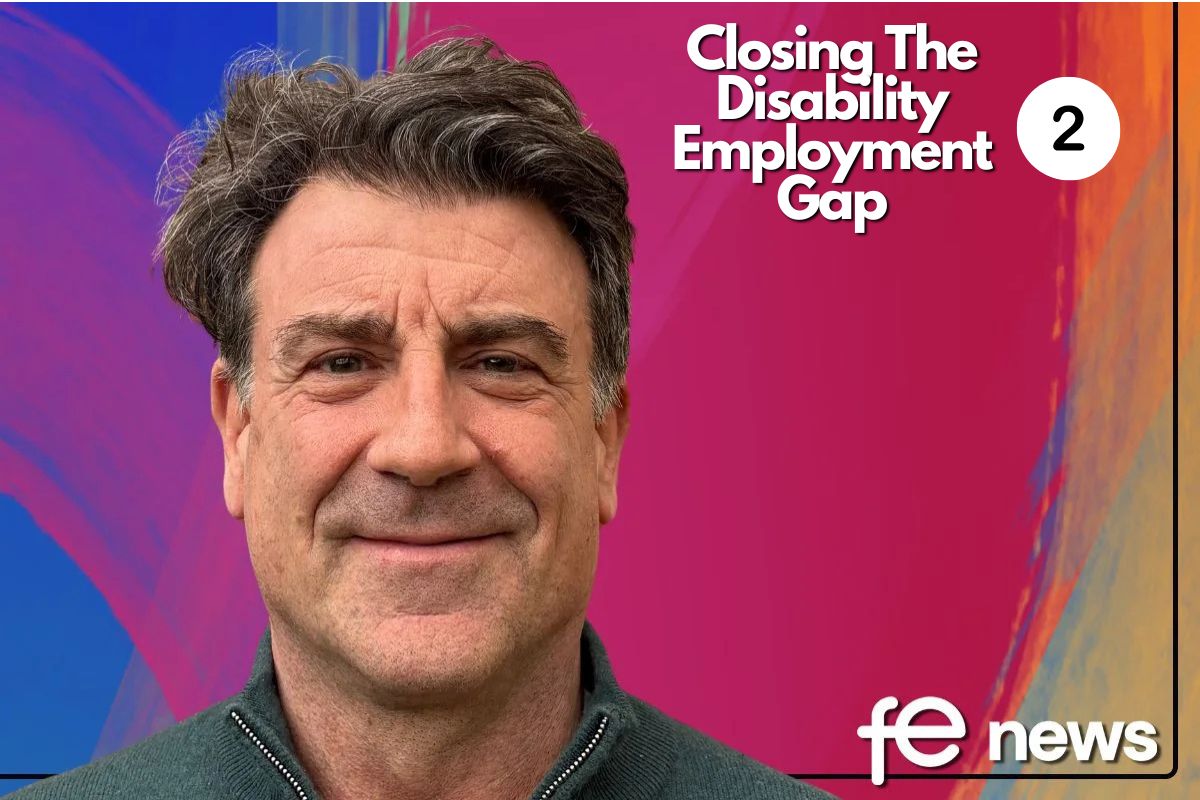How can Providers and Employers bridge the Digital Skills Gap?

With the new government recently announcing the launch of Skills England, a body tasked with transforming opportunities and driving growth, what does this mean for the digital skills gap and apprenticeships?
Digital Europe reports that over 60% of EU enterprises struggle to fill ICT specialist roles. This gap can directly impact the wider adoption of AI, big data, and cloud technology, putting the whole of Europe, including the UK, further behind in the global technology race. Indeed, as far back as 2017, UK Parliament reported that the digital skills gap was costing the UK economy £63 billion a year in lost GDP.
This is just one of the reasons to welcome initiatives to boost the digital skills market. Prior to the Skills England launch, we were already seeing the green shoots of growth in digital apprenticeships. The latest government apprenticeship statistics show that Digital route apprenticeship starts increased by over 19% in 2022-23 vs the previous year. In the same timeframe, achievements increased by 28%.
So, are we seeing enough of the growth we need to bridge the digital skills gap?
With the introduction of Skills England, we expect to see more analysis and progress. Skills England’s next steps are to start an assessment of future skills needs and build strong relationships with employers, as the transfer of functions from IfATE comes into effect. The outcomes will shape skills training and determine exactly what the new Growth & Skills Levy will look like.
What can training providers and employers do to recruit more digital apprentices?
The Value of Partnering with EPAOs
1st for EPA is an end point assessment organisation (EPAO) that has expanded its digital EPA offering to assess 11 apprenticeship standards in the Digital route. Its approach is to work in partnership with training providers and employers to align training with EPA preparation, supporting apprentices through EPA to maximise timely completions.
John Pritchard, Head of EPA, says: “EPAOs need to ensure they are agile enough to meet the demands of this changing landscape. With the continued change and adoption of technology and digital skills within the workforce, 1st for EPA remains agile in our own approach when creating assessment materials that align with employers and industry needs. This ensures apprentices are not disadvantaged when completing their end point assessment.
Our collaboration with employers and training providers to work in partnership ensures new and continued digital skills remain at the top of our agenda.”
Using Messaging to Recruit Digital Apprentices
Demand for digital skills is set to prove an increasingly lucrative prospect for apprenticeship training providers. Employers are feeling the effects of gaps in the labour market for skilled digital professionals.
In 2023, The Behavioural Insights Team recommended the following messaging to boost the uptake of digital courses and careers amongst students:
- Highlight the diversity of job roles that involve digital skills, particularly creative roles. Messages should emphasise the range of job roles that utilise digital skills, particularly more creative roles.
- Present digital job roles as collaborative, social and well-paid. Demonstrate that many digital job roles involve regular teamwork, collaboration and socialising with colleagues. Average salaries should also be advertised.
- Advertise the wide range of digital subjects and courses on offer.
- Emphasise that digital subjects and job roles can be accessible to and achievable for everyone. Accessibility and inclusivity are key. Challenge the stereotype that digital job roles are difficult and therefore only for academic individuals.
- Use the terms ‘digital’, ‘Artificial Intelligence’, and ‘cyber’ with caution. Messages should only include these terms in context and when targeting specific audiences.
- Use the voice of people who have relevant experience and are known and respected. Messages could be delivered by relatable people working in digital careers, or people who are well-known and respected by the target group.
When researching those considering switching careers, the results were different. For experienced professionals, the most effective messaging was based around how the digital job market values experience and soft skills.
The same research found that ‘early career switchers’ were less likely to consider a change of career than experienced professionals. Testimonies from those in the industry and messaging around job demand were the most influential in making them consider expanding their own digital skills.
Summary
Greater awareness is needed to draw people to digital careers, particularly in data, software, AI, and cyber security. In attracting people to these careers, training providers and employers should show the range of careers on offer, the accessibility and flexibility that digital careers offer, and the generous salaries that higher level roles bring.
Evaluating partnerships with EPAOs can also have a net positive impact on apprenticeship completions.
And of course, if we take any lesson from last week’s CrowdStrike debacle, it’s that employers overlook digital skills training at their own peril.
By John Pritchard, Head of EPA, 1st for EPA











Responses